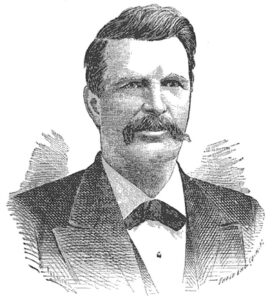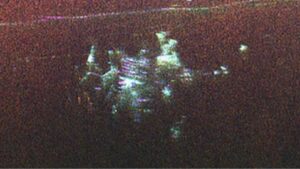Colossal Biosciences announced yesterday that it has created cells that perform the critical functions of stem cells. They hope this will generate the key genetic traits of the woolly mammoth.
It calls this the biggest breakthrough in its efforts to re-engineer — or “de-extinct” — the ancient giant.
If the efforts are successful, woolly mammoths might once again roam Earth’s polar regions. Or at least, quasi-elephants that resemble them might.
View this post on Instagram
How they do it
The only way to create these “stem cell-like cells” is to work backward through cellular development. The company’s researchers spent months with elephant DNA, trying to isolate the traits that define woolly mammoths. Asian elephant genomes are 99.6% similar to their hirsute, extinct cousins. Key targets have included mammoths’ cold tolerance, domed skulls, and unmistakable curved tusks.
Lab technicians begin with somatic cells (those which contain genetic material) from an adult elephant. They then genetically reprogram those cells by forcing the expression of factors that constitute stem cells.
The resulting cell is called an induced pluripotent stem (IPS) cell. These manufactured cells can differentiate into certain layers that can produce every cell type in the body.
Though the process has now existed for over a decade and produced successful results in other animals, elephant IPS cells have proven elusive, Eriona Hysolli, Head of Biological Sciences at Colossal, told IFLScience.
This Jurassic Park-esque project carries implications that encourage some and leave others cold. The company paints ambitious pictures of restored arctic grasslands and benefits for current elephant species. But gigantic question marks remain, along ethical and procedural lines alike.
Many steps left
“Many steps” remain between now and the first woolly mammoth on the ground, Colossal co-founder George Church admitted to the Washington Post. With one of the company’s toughest obstacles now reportedly in the rear-view, though, it’s one step closer to addressing those challenges more directly.
View this post on Instagram
“We hope we can affect an ecosystem in a positive way, that maybe 10,000 years ago was degraded by humans contributing to the demise of almost all major herbivores in the Arctic [and] causing a transition from grass to trees,” said Church.
If you’re hyped to visit Pleistocene Park, your chance could come relatively soon. Last January, Colossal announced a $60 million funding round in pursuit of its goal to de-extinct a woolly mammoth by 2027.






